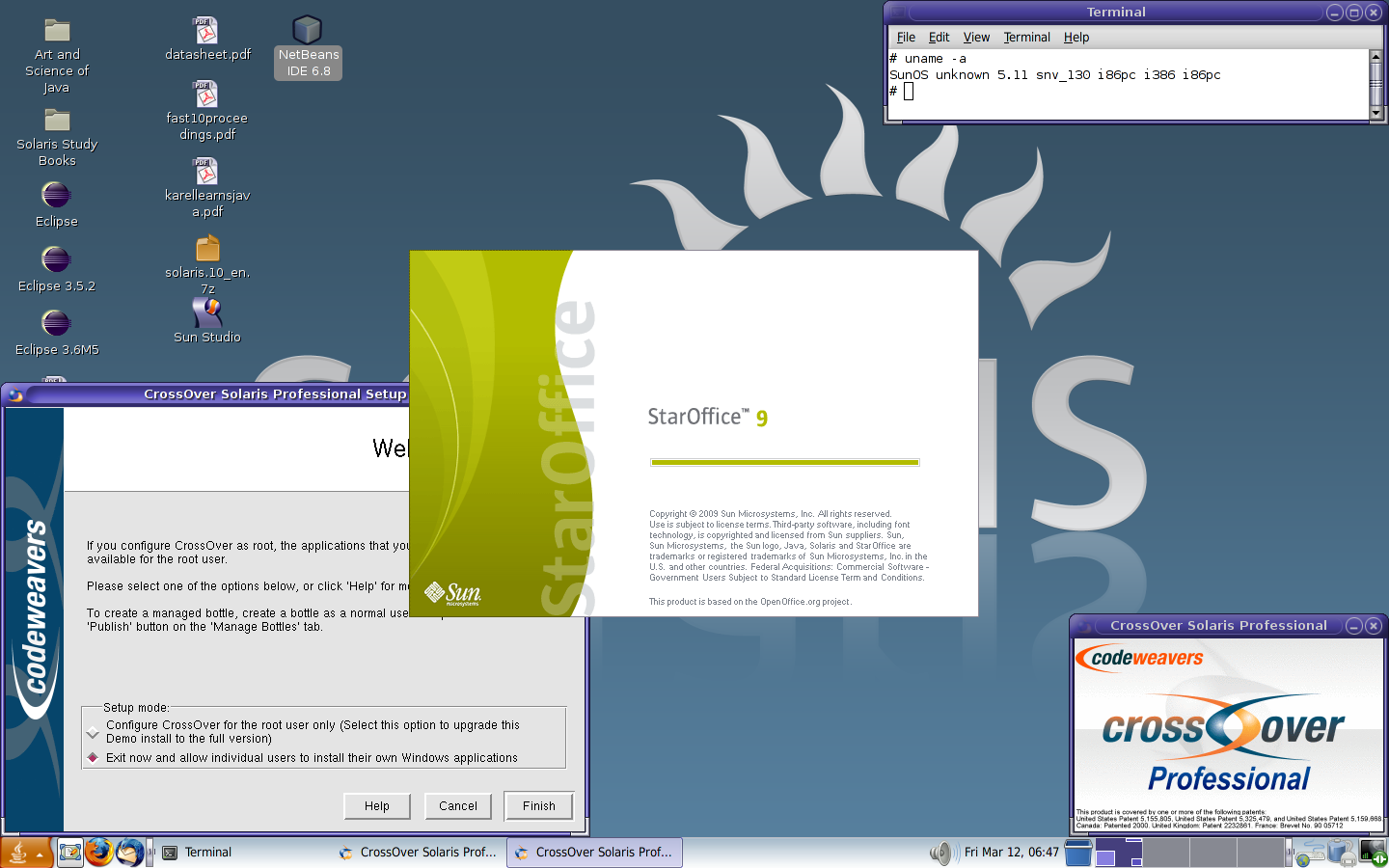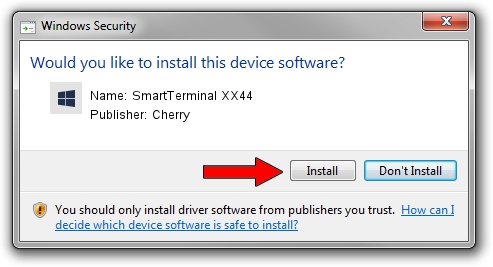
Openstep Installation Of Officers
INSTALLATION OF OFFICERS/LEADERS (AND CELEBRATION OF ALL CHURCH LEADERS) - MUSIC & WORSHIP RESOURCES 3 New Officers/ We accept our offices with every intention to use our talents to Leaders: lead God’s people according to our discernment of God’s will. Clergy: Remember those who were judges in Israel and leaders in the New Testament church.
In my never-ending quest to explore different operating systems, I have finally got Openstep4.2/Intel to connect to the company network (a little bit more involved than for modern operating systems, but easier than getting, say, FreeBSD connected) and I ftp'ed to and grabbed OmniWeb for Openstep. It's a little rough around the edges browsing-wise (no gray background for every second post, for example) but I was surprised it worked at all.This operating system is completely lovely and if I can get away with using it most of the time at work (excepting compatibility checks for windows-based browsers and support software for our products) I certainly will.
It's amazing how an 'abandoned' OS can still be so useful.Further adventures in Openstep await! Quote:Originally posted by Lord Baldrick:Well, I configured it to spoof as Netscape. It actually does pretty well with most pages, but it's not perfect.As for contention, in some respects NeXTstep is superior to OSX:- Lower RAM use- Display Postscript much faster than Quartz for most operations- Fewer pinstripes/less annoying transparencies- Runs on Intel hardwareActually it's just the last one that is most important. View image: /infopop/emoticons/iconwink.gifWhat I'm curious about is if anyone is going to port it to the new Sony PGE Clie that runs on a 66MHz Dragonball SuperVZ processor, since the original NeXT boxes used 25MHz 68040 cpus and 8mb of ram.Port meaning emulation, really View image: /infopop/emoticons/iconsmile.gif. Quote:Originally posted by JustinS:a little bit more involved than for modern operating systems, but easier than getting, say, FreeBSD connectedI'm actually curious how many people are gullible enough to believe a statement as bizarre as that.It really depends on how many people know how FreeBSD connects to the net, and how many people know how NeXT does it.If you don't know FreeBSD, you can imagine it's a somewhat cryptic affair, involving modifying text files in /etc and running ipconfig with a few commandline flags. Heck, if you don't know command line, you couldn't imagine how to configure FreeBSD for the network. On the other hand, perhaps a perfectly usable utility exists to do all of it transparently exists.If you don't know NeXT, you can imagine it's a GUI based thing, perhaps wrapping around the self same tools that FreeBSD would use, you click a few options, you type a few key pieces of information, and it will automagically work.
On the other hand, it could involve the exact same command line interface that FreeBSD uses, or something. Quote:If you don't know FreeBSD, you can imagine it's a somewhat cryptic affair, involving modifying text files in /etc and running ipconfig with a few commandline flags. Heck, if you don't know command line, you couldn't imagine how to configure FreeBSD for the network. On the other hand, perhaps a perfectly usable utility exists to do all of it transparently exists.No text file manipulation is necessary on FreeBSD. The user is presented with a very simple network configuration dialog during installation. If the user needs to go back and change anything the interface is the same as the one presented during installation.Yes, it's text based.
But setting up the network interface is quite easy on FreeBSD and the system is very clever about using a series of yes/no questions to prevent the 'naive' user from having to make any decisions they aren't ready for. It works well. Quote:Originally posted by Lord Baldrick:In my never-ending quest to explore different operating systems, I have finally got Openstep4.2/Intel to connect to the company network (a little bit more involved than for modern operating systems, but easier than getting, say, FreeBSD connected) and I ftp'ed to and grabbed OmniWeb for Openstep. It's a little rough around the edges browsing-wise (no gray background for every second post, for example) but I was surprised it worked at all.This operating system is completely lovely and if I can get away with using it most of the time at work (excepting compatibility checks for windows-based browsers and support software for our products) I certainly will.
It's amazing how an 'abandoned' OS can still be so useful.Further adventures in Openstep await!Dude that's awesome!! I've always wanted to tryout NeXTStep/OpenStepbut have never have been able to.Please post some screenes View image: /infopop/emoticons/iconbiggrin.gif, Im always on the lookout for OpenStep/NeXTSTEP screen shotsAnd BTW what are the specs of the box you are running it on?Please Please View image: /infopop/emoticons/iconbiggrin.gif inquiring minds want to know View image: /infopop/emoticons/iconwink.gif.

Well, it's a Celeron-700, I think, 128 megs of RAM, Ati Rage 128 (3D Rage Pro or something) graphics card. I had to swap the network card from the cheap Realtek I had (no drivers to be found) to an Intel 100 Pro clone.I love the way everything works with the dock on the right hand side, minimized icons along the bottom, floating menus on the top right. I'll post a screenshot as soon as I can.Overall it's fast and elegant (there's that word again) but it's hard to find drivers and most product development has stopped for it. Omni Group are pretty generous, offering their latest version of their web browser for OpenStep for free.Some things aren't as integrated as they could be, for example you can unpack.tar files by double-clicking on them, but despite the presence of gzip it has no idea what to do when you double-click on a.gz file, that has to be unpacked at the command line. There are PDF viewers and graphic manipulation apps and ftp clients and a whole load of software, but of course all the new stuff is coming out as Cocoa apps for OSX, the APIs are similar but the programs will not work under NS/Intel.Basically just a fun OS to play around with after all these years. The NeXT team did a really good job of making a good interface on top of Mach/BSD Unix, much better than anyone else seems to have ever done (Sun, HP, SGI, etc)Of course I would hate to have to run this OS on a 68030-16. Oh wait, I did.
(NeXTCube 1.0 at UBC in 1989-90) That was pretty painful. Well, I've given up on the attempt to use Openstep as my main OS. It was great fun to play around with, but I have actual work to do (not that learning about Unix-based operating systems isn't part of my job) and it's too hard making the OS work and play well with others.Case in point- email. There's a POP3 client that interfaces with mail.app and seems to work well enough, except that it constantly downloads the same email message (probably a setting I missed) Incoming emails get opened in OpenWrite if they have HTML content, and look badly formatted, plus image attachments open in TIFFany, which would be great, except that it won't actually open the images.Outgoing mail (SMTP) I couldn't get to work at all, despite going through tons of FAQs to try and configure sendmail. (gack!) It never even came close to working.So, despite the 'elegance' and beauty of the OS and GUI, I'm going back to Windows 2000 for daily work.
View image: /infopop/emoticons/iconfrown.gif. Quote:Originally posted by Lord Baldrick:Well, I've given up on the attempt to use Openstep as my main OS. It was great fun to play around with, but I have actual work to do (not that learning about Unix-based operating systems isn't part of my job) and it's too hard making the OS work and play well with others.Case in point- email. There's a POP3 client that interfaces with mail.app and seems to work well enough, except that it constantly downloads the same email message (probably a setting I missed) Incoming emails get opened in OpenWrite if they have HTML content, and look badly formatted, plus image attachments open in TIFFany, which would be great, except that it won't actually open the images.Outgoing mail (SMTP) I couldn't get to work at all, despite going through tons of FAQs to try and configure sendmail. (gack!) It never even came close to working.So, despite the 'elegance' and beauty of the OS and GUI, I'm going back to Windows 2000 for daily work. View image: /infopop/emoticons/iconfrown.gifBut don't all of those corresponding apps on your iBook under OS X work appropriately?
Quote:Originally posted by Lord Baldrick:Sure, but my iBook is configured to attach to my home PC. If I wanted to use it at work I would have to reconfigure all the IP settings, plus, why would I use a small laptop screen at work when I have a large monitor on my work PC?You can set multiple Location settings for your network info, and switch between them freely. You can even switch between them from the Apple Menu under the 'Locations' menu, a list of all the 'Locations' you've created show up in a list there and you can just pick the one you need to use where ever you are.To set up new locations go to System Preferences-Network-Location(it's a pull-down menu)-New Location.I imagine you'll be able to figure it out from there.It's a really nice feature, ESPECIALLY for laptop users. It's not quite as nice as it was in OS 9, where the location could store lots of settings beside network info (like printers, synchronizing folders, etc.) but it gets the job done for your particular problem. And you can simply take that VGA dongle cable that came with your machine and plug your big monitor into the iBook, and if you have a USB keyboard and mouse you can just plug those in too.If you really want to have some fun using your iBook frequently at work I would look into just getting a port replicator and/or a KVM switch (depending on if your monitor has a USB hub and multible signal inputs or not). They're sturdy, convenient, and well priced.
Notice the video-out config on them. I'd look around on the net for them though if you want to buy one, because from the manufacturer they are more money than from most stores.-Nathan. Here, at long last, is the screenshot:View image: is a really slick operating system, nice to look at and use. Unfortunately because standards have marched on, it's hard to use in an office environment.
You can see what NeXTmail did to an email I got from a co-worker, for example. It's also weird to stroll around the Internet and find very simple utilities and things written for NeXTstep being offered for $500 or so by companies that are no longer in business.
